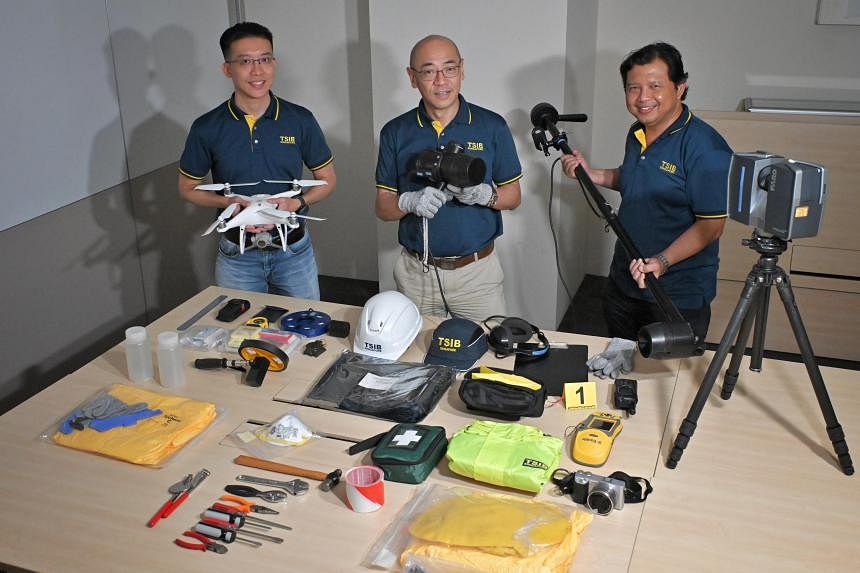SINGAPORE – Three hours. This brief pocket of time is enough for a small team of aviation investigators from a Ministry of Transport (MOT) department to get ready to jet out, if an incident involving a Singapore-registered aircraft has occurred overseas.
When Singapore Airlines Flight SQ321 was hit by turbulence on May 21, resulting in a death and multiple injuries, investigators from the Transport Safety Investigation Bureau (TSIB) got onto a flight chartered for the airline’s employees to Bangkok’s Suvarnabhumi Airport.
They were on the ground by 10.45pm Singapore time, just six hours after the turbulence-stricken SIA flight made an emergency landing in the Thai capital.
The bureau is in the spotlight as it investigates the SQ321 incident and an incident in March involving a Singapore-flagged ship that rammed into a bridge in Baltimore, in the United States, causing the structure to collapse into the Patapsco River and resulting in the death of six individuals.
The investigators declined to go into details of the ongoing investigations.
The TSIB does not just probe air, marine and rail incidents that occur in Singapore, but also those abroad involving Singapore-registered or operated aircraft and ships.
It looks into rail incidents that involve fatalities or serious injuries from train operations, derailment, collision, breakaway rail vehicles and rail explosions.
When they get the call of an air incident overseas, TSIB aviation investigators will first meet in their office at Changi Airport Terminal 2 before deciding on the team of two to three investigators who will run the probe.
In an interview with The Straits Times on June 10, Mr David Lim, principal investigator and head of the training section at TSIB, who specialises in aviation investigations, said the three-hour countdown begins when the team has been decided on.
The 59-year-old, who has 17 years of experience as a safety investigator, has become used to being activated at any time, and has a “go-bag” of necessary equipment on standby in the office.
A go-bag – an emergency kit – usually includes personal protective equipment such as a hazmat suit, yellow evidence markers, camera, and a GPS tracking device, among other things.
The investigators also know they have to throw together personal belongings if they have to get on a plane.
“My wife knows what I need,” he said. “So when I’m deployed, I have someone at home to pack my socks, underwear, jeans, T-shirts, toiletries… (She’ll) just throw them all in, and I’ll go home to pick it up and ‘zao liao’ (leave).”
The real action begins when the team arrives at the accident site.
Wearing personal protective equipment to shield themselves against possibly contaminated body fluids, the investigators photograph different parts of the scene that they organise with numbered evidence markers.
By the time they get there, any human remains would have usually been removed, said Mr Lim.
The team uses a GPS tracking device with centimetre-level accuracy and a 3D laser scanner to accurately document the site, allowing the investigators to superimpose the location data on Google Maps and revisit the 3D model of the scene later.

